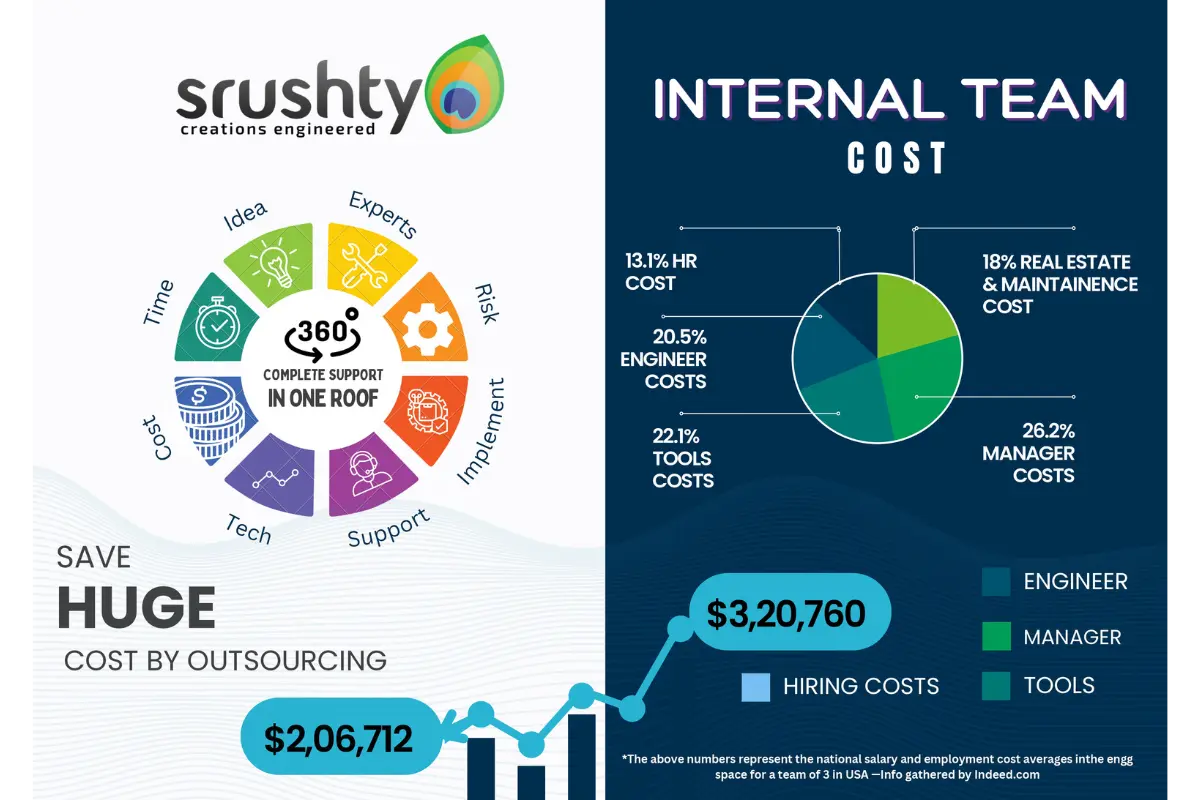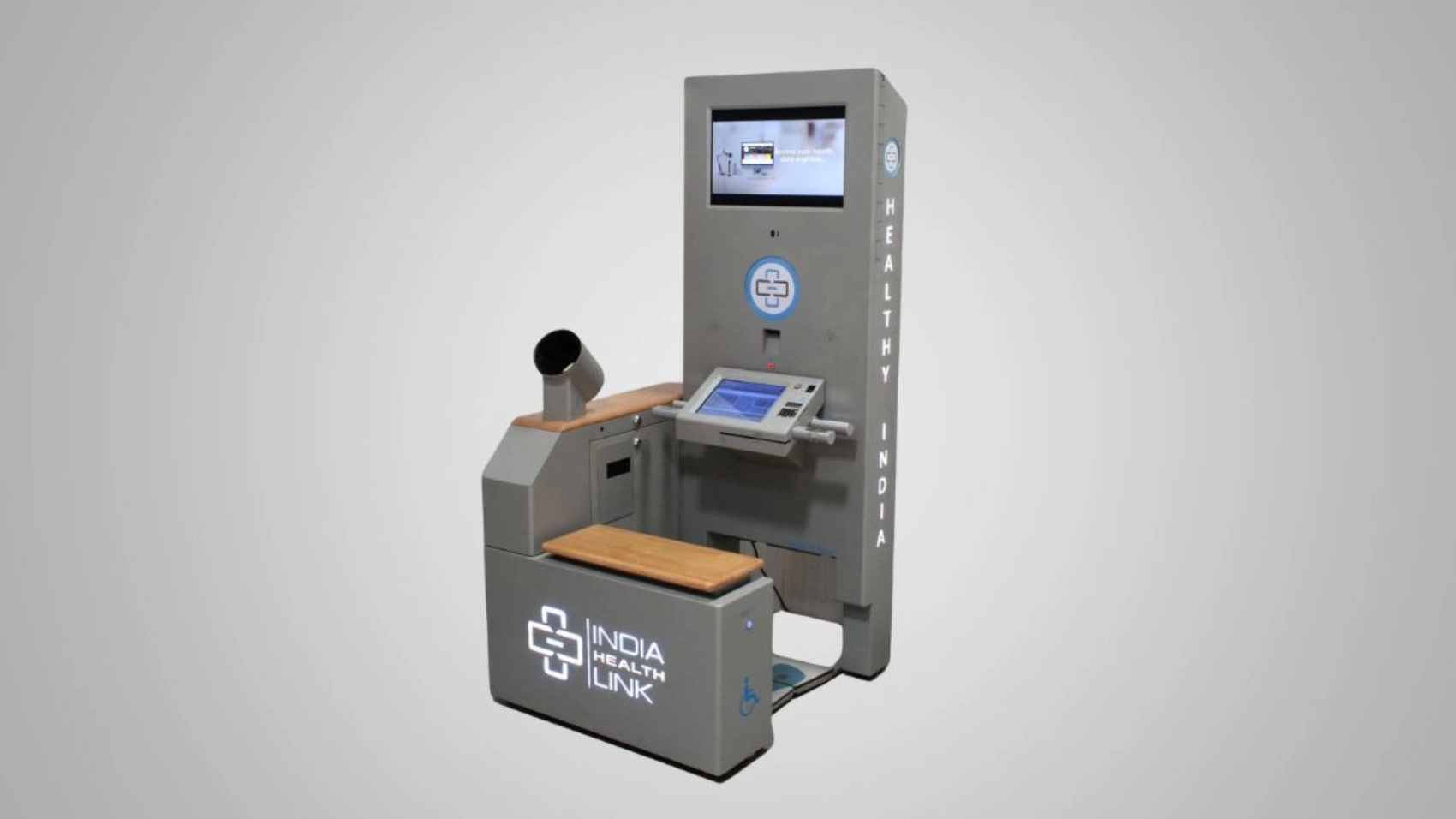With the potential to save over $200,000 by outsourcing, companies can reinvest these savings into core activities, innovation, and strategic initiatives, ultimately leading to a stronger market position and sustainable success.
In today’s highly competitive business environment, companies are constantly looking for ways to optimize their operations and reduce costs. One effective strategy that has gained traction is outsourcing, particularly within the engineering sector. A recent analysis reveals that outsourcing can result in substantial cost savings, which is illustrated in the graphic below:

Cost Savings Through Outsourcing
The graphic highlights a staggering potential savings of $206,712 by outsourcing engineering services compared to maintaining an internal team. This figure is derived from national salary and employment cost averages for a team of three engineers in the United States, as reported by Indeed.com.
Breakdown of Cost Components
HR Costs (13.1%)
Human Resources management involves significant expenses related to recruitment, training, benefits administration, and compliance with labor laws. Outsourcing eliminates many of these costs by leveraging the service provider’s existing HR infrastructure.
Engineer Costs (20.5%)
Salaries and benefits for engineers constitute a major portion of the budget. Outsourcing can reduce these costs by accessing skilled engineers from regions with lower wage rates, without compromising on quality.
Manager Costs (26.2%)
Managing an in-house engineering team requires experienced managers, adding to the overall costs. Outsourcing shifts this responsibility to the service provider, who can offer managerial expertise as part of their service package.
Real Estate and Maintenance Costs (18%)
Maintaining office space and related infrastructure incurs significant expenses. Outsourcing reduces the need for physical office space and the associated maintenance costs, as much of the work can be conducted remotely
Tools Costs (22.1%)
Engineering projects often require specialized tools and software, which can be costly to purchase and maintain. Outsourcing allows companies to benefit from the service provider’s existing tools and technology, spreading these costs over multiple clients.
Comprehensive Support Under One Roof
Outsourcing helps in significant cost reduction by bringing it all under one roof. This approach saves costs and also minimizes risks and reduces project timelines. By partnering with an outsourcing provider, companies gain access to a pool of experts who bring innovative ideas and solutions to the table, enhancing the overall efficiency and effectiveness of engineering projects.
Engineering services outsourcing presents a compelling opportunity for companies to achieve significant cost savings while maintaining high standards of quality and efficiency. By understanding and leveraging the various cost components, businesses can make informed decisions that drive growth and competitiveness in the engineering space.
AUTHOR
Arun Kumar V
Senior Engineer - QA/QC, Srushty Global Solutions
Certified Six Sigma Green Belt Quality Engineer with extensive experience in CNC machining, assembly, fabrication, and special processes such as powder coating and anodizing. Proficient in IATF 16949 and ISO 9001 auditing standards, with proven expertise in establishing and maintaining Quality Management Systems (QMS).












